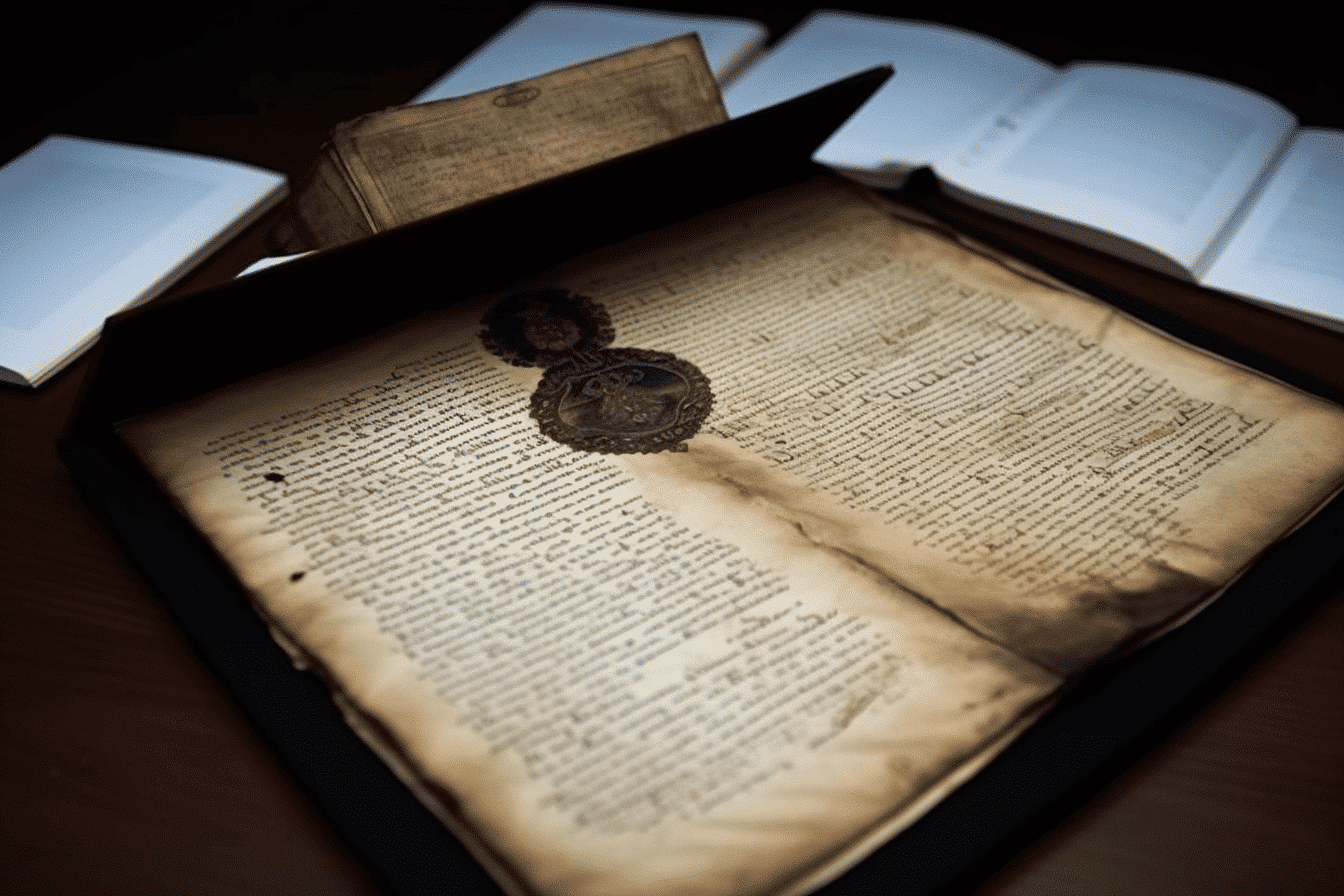After King Charles I’s execution in 1649 and Oliver Cromwell’s death in 1658, Britain faced widespread unrest, with chaotic governance and an increasing desire for the exiled King Charles II’s return. Following a decade of failed plots and uprisings, the time was ripe for Charles to reclaim his throne, but any misstep could cost him the kingdom.
To secure his return, Charles crafted an agreement with Parliament and the Kingdom’s military leaders, publicly outlining his promises and vision for the monarchy’s future: The Declaration of Breda. This document became his ticket out of exile, paving the way for his 25-year reign in London.
Sotheby’s offers one of the only two remaining copies of this historic royal document, signed by Charles II (“Charles R”) (est. £400,000-600,000).
In April 1660, Charles II prepared five copies of the Declaration from his exile in Breda, in the Protestant Netherlands. He sent each copy to key power centers: the House of Commons, the City of London, the Army, the House of Lords, and the Navy. The document emphasized reconciliation, expressing compassion for his subjects and a desire to heal the wounds of civil war without seeking vengeance for past wrongs.
Three of the five original copies are lost, and the Navy’s copy, which Charles referred to as “the walls of the kingdom,” is offered in this sale. It initially passed into the possession of Samuel Pepys, now considered “The Father of the Modern Navy.” As Secretary to General at Sea Edward Montagu, Pepys won the Navy’s allegiance to the King.
Aboard the flagship vessel, The Naseby, Pepys addressed the fleet’s senior members and oversaw a crucial vote. With unanimous support, the Navy pledged its loyalty to King Charles. With all five key factions in agreement, Charles was proclaimed King on May 8.
This document, appearing in the public domain for the first time in 40 years, was last auctioned in 1985 from the collection of Edward Montagu’s descendants. Montagu played a crucial role in bringing the King back from the Netherlands.
Before setting sail to retrieve the King, Montagu ordered the Naseby’s figurehead (Oliver Cromwell crowned with laurels) removed and renamed the ship HMS Royal Charles. Samuel Pepys, also on board, documented the subsequent events in his diary.
On May 29, King Charles II’s thirtieth birthday, he entered London unopposed. This marked one of the most dramatic shifts in British constitutional history, accomplished within weeks and without substantial bloodshed.
Sotheby’s is honoured to present this rare and historical document for sale, which provides a unique insight into the tumultuous period leading up to the Restoration of the British monarchy. The Declaration of Breda illustrates Charles II’s diplomatic skills and vision for the future and highlights the importance of securing support from key factions within the kingdom.
The successful return of Charles II to the throne marked a new era for Britain, with a resurgence of royal power and a period of relative stability after years of civil strife. His reign saw significant developments in art, science, and commerce, ushering in what is now known as the Restoration period.
The remarkable story of the Declaration of Breda and its role in restoring the British monarchy is a testament to the power of diplomacy and the ability of a nation to heal its wounds after years of conflict. The document serves as a reminder of the complexities of the time and the importance of strategic alliances in securing a peaceful transition of power.
As Sotheby’s offers this rare piece of history for sale, collectors and history enthusiasts can own a tangible piece of Britain’s past. The document’s survival through the centuries is a remarkable feat, and its acquisition would be a significant addition to any collection of historical artifacts.
The sale of this document not only represents a rare opportunity to acquire a piece of British history but also serves as a reminder of the importance of preserving our shared past for future generations to study and appreciate. The Declaration of Breda is a testament to the resilience of the British people and the enduring legacy of King Charles II’s reign.




